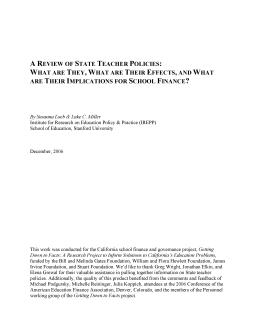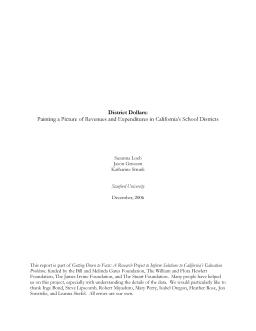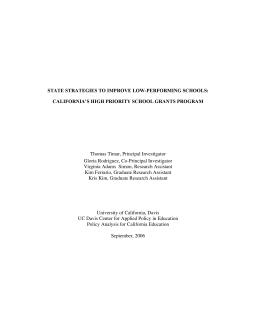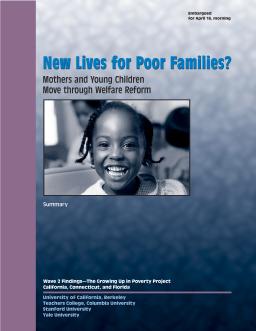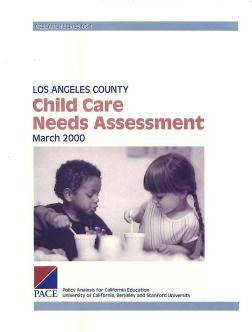Summary
This report examines the fiscal and labor resources of California principals and how they acquire and utilize them to improve student performance. The authors seek to understand the background characteristics and educational goals of California principals, as well as the types of monetary, human, and informational resources they acquire and how they allocate these resources within their schools. The report also explores the support and constraints that principals experience from various actors as they attempt to acquire and deploy resources to raise student performance.
Summary
Summary
Summary
Summary
The report examines the effectiveness of a large-scale performance-based incentive program in California schools. Results show that the program had a small but positive impact on student test scores in math and English, with larger effects in schools with high levels of poverty. However, the authors caution that incentive programs may have unintended consequences and should be implemented with care.


